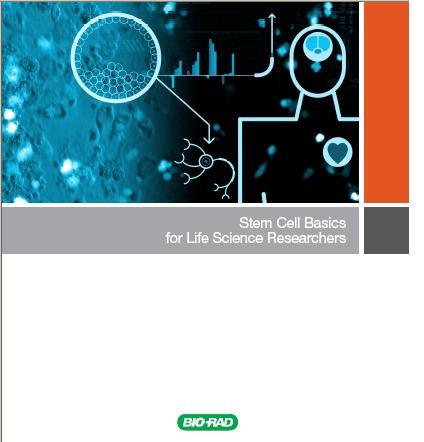In 2013 the buzzword for the state of affairs for scientific funding in the US was sequestration. That year saw huge hits to American government funding of the NIH and other scientific endeavors that severely hampered research activities throughout the country. In 2014, there was a slight increase in life science funding, however, it was not enough to put American research back on track to where the NIH hoped it would be. While scientists remain hopeful that 2015 will be the year of recovery, a bill released last week by the Senate Spending Subcommittee seems to suggest otherwise.
While organizations such as NASA and the National Science Foundation will be receiving increases of $364 million and $172 million respectively, the NIH will be receiving an increase of $150 million which falls quite a bit short of what is needed to fund America’s largest health sciences granting agency. To further add insult to injury, the 0.5% increase still leaves the agency with less funding than it had prior to the 2013 sequestration.
The few research areas that will benefit from the 2015 budget include $1.2 Billion for the National Institute of Aging and $238 Million for Ebola research.
Some other notable areas of funding include:
- $787 Million for AIDS prevention and research
- $352 Million for Cancer prevention and control
- $140 Million for diabetes
- $130 Million for heart and stroke
- $47 Million for Autism research
- $13.8 Million for Heritable disease research
- $3.3 Million for Alzheimer’s research
Tags: government funding, NIH















